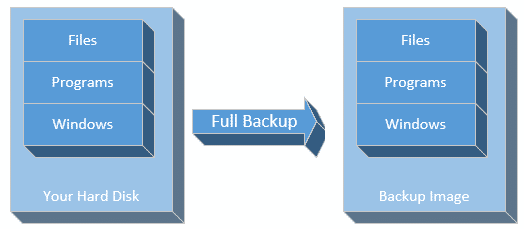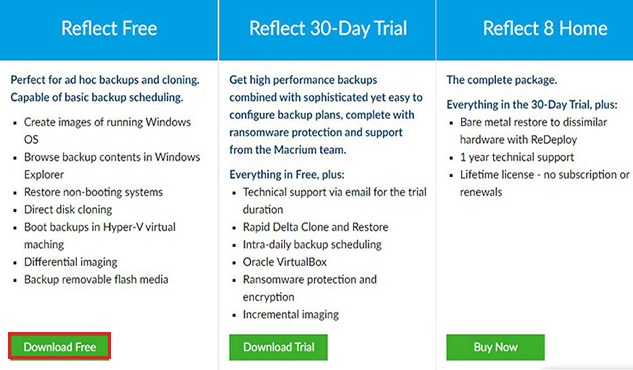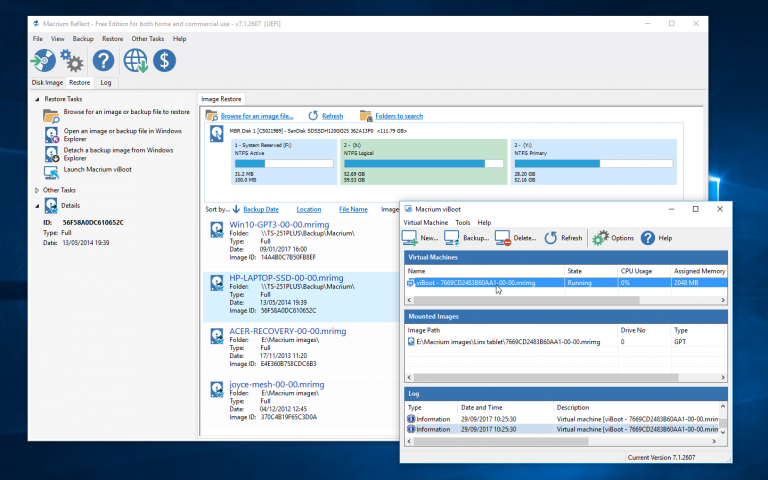

You can see all the connected drives on the right pane, with checkboxes for each drive (# 1 in the screenshot) and for each partition (# 2) in case you don't want to restore restore all partitions of the selected drive: This step will add Macrium Rescue to your Windows boot menu.ġ) By default, Reflect will display the Backup (Home edition) or Disk Image (Free edition) tab. Select Windows 10 PE, click OK, accept all the following reminders: To add Macrium Rescue to the boot menu, select the Add recovery Boot Menu option from the Other Tasks menu. It is a very practical option to use when you want to restore an image or reset Windows startup logs, in case Windows cannot boot normally. If you want, you can also add Macrium Rescue to the Windows boot menu. Ħ) Select your preferred media (CD / DVD, USB) and click Finish. Ĥ) Reflect will list your network drivers and storage drivers (highlighted in yellow) and put them in rescue media. Backups of your images will be useless if in an emergency, you cannot start your computer to restore an image backup.ģ) The correct version of WinPE will be selected automatically. Click Yes to turn off UAC.Ģ) When running for the first time, Reflect will suggest you create WinPE rescue media, ISO image or CD / DVD or USB drive.Ĭreating a rescue media is highly recommended. The UAC window will appear if you do not turn off UAC. Part 2: Create Rescue Media (Rescue medium)ġ) Run Macrium Reflect. Install as usual and accept all reminders. Its components need to be downloaded.Ĥ) When the components of Windows PE have been downloaded, the Macrium installer will start working. ģ) Windows PE is a kind of mini operating system.
#Macrium reflect free incremental for free#


#Macrium reflect free incremental how to#
How to create and restore System Image Backup with Macrium Reflect


 0 kommentar(er)
0 kommentar(er)
